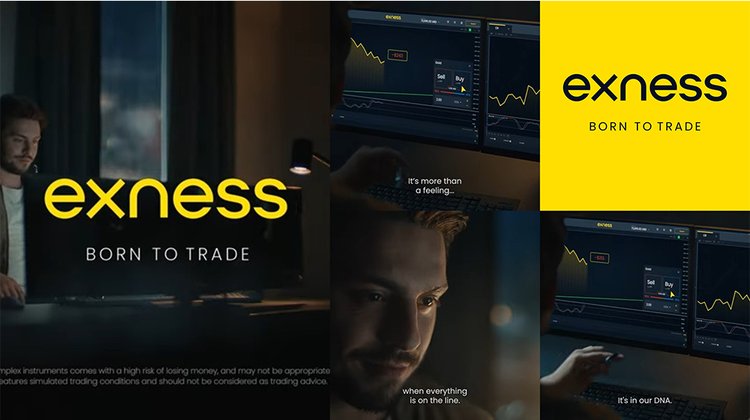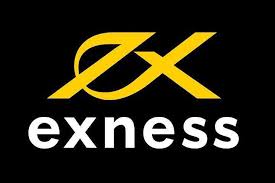
Understanding Competitive Exness Fees
When it comes to trading in the forex market, fees can make or break a trader’s profitability. This article will take a comprehensive look at the competitive Exness fees that aspiring and experienced traders face. Among the highlights will be an exploration of the different fee structures at play, including spreads, commissions, and more. Additionally, we will provide some insights into how these costs are competitively positioned in the broader market. For further context, you can also refer to competitive Exness fees https://softahs.com/prichina-smeny-domennogo-imeni-exness-i-problemy/.
What Are Exness Fees?
Exness, a well-known brokerage firm, offers multiple account types, each with varying fee structures. Knowing the variety of fees that can accompany trading is vital for anyone looking to maximize their potential profits. Exness fees generally consist of spreads, commissions, and overnight swap fees.
1. Spreads
Spreads are one of the main costs associated with trading, representing the difference between the bid and ask prices of a currency pair. Exness offers competitive spreads, particularly on certain account types. Traders can expect to find:
- Standard Account: Offers more fixed spreads and higher fees compared to a Raw Spread account.
- Raw Spread Account: Features tighter spreads but may include a commission per trade, making it attractive for high-frequency traders.
2. Commissions
Commission fees are charged on some types of accounts, especially those with lower spreads. For example:
- Raw Spread Account: Typically involves a commission of around $3.5 per side on standard lots, which traders need to factor into their calculations.
- Standard Account: Does not charge commissions, making it easier for those new to trading to understand their overall costs.
How Exness Stands Against Competitors
The market is crowded with brokers, each claiming to offer the best deals in terms of fees. However, Exness maintains a competitive edge in several ways:
- Transparent Fee Structure: Unlike some brokers that hit clients with hidden fees, Exness clearly outlines its costs.
- No Withdrawal Fees: Many brokers charge for withdrawals, but Exness allows clients to withdraw funds without incurring any fees, provided they use certain methods.
- Leverage Options: High leverage means that you can trade larger positions, potentially increasing your profitability, although it comes with increased risk.
Understanding Swap Fees

Swap fees, or rollover fees, are charges incurred overnight when positions are held past a certain time. Exness offers negative and positive swap rates depending on the market conditions. Traders should pay close attention to these rates because they can add up quickly, especially for those holding long-term positions.
Account Types and Their Fees
As previously mentioned, Exness provides different account types tailored for varying levels of experience and trading strategies. Here’s a brief overview:
Standard Account
– Spread: Starts from 0.3 pips
– Commission: None
– Suitable For: Beginners looking for straightforward trading without complex fee structures.
Raw Spread Account
– Spread: Starts from 0 pips
– Commission: $3.5 per side per lot
– Suitable For: Experienced traders who engage in high-frequency trading and prefer tighter spreads.
Cost Strategies and Trading Styles
Understanding how fees impact different trading styles is crucial. For example, scalpers, who make dozens or hundreds of trades daily, will benefit from lower spreads and tighter commissions. On the other hand, swing traders may prefer a more relaxed account type, which doesn’t impose heavy commissions but offers slightly wider spreads.
Conclusion
The competitive Exness fees reveal a framework designed to cater to a variety of trading styles and needs. Understanding these costs is essential for anyone looking to navigate the forex market effectively.
By providing transparency and diverse account options, Exness has positioned itself as a viable contender in the world of online trading. Remember to evaluate your trading strategy and choose an account type that aligns well with your financial goals. This way, you can maximize your profits while minimizing costs associated with trading.

Leave A Comment